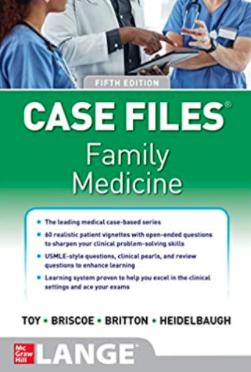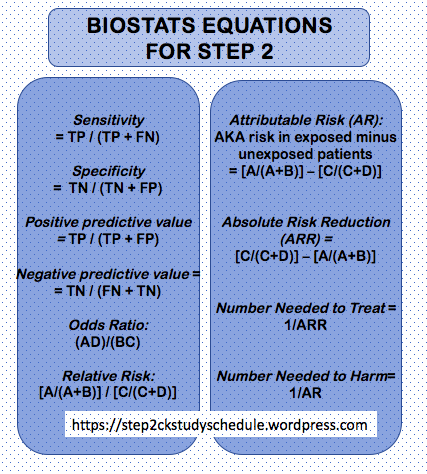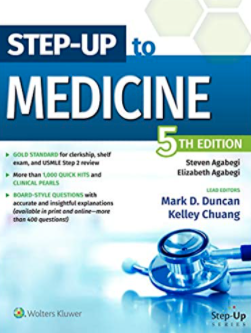Best Books for the Family Medicine Shelf:
•USPTF A and B recommendations +
•Case Files Family Medicine +
• Ambulatory Medicine Section of Step-Up to Medicine +
• OME (select sections listed below) +
• AAFP Questions +
• +/- UWorld Biostats
Unfortunately, the Ambulatory Medicine shelf is one of the newer shelf exams and as a result, takes some creativity when finding resources. Ambulatory medicine also requires using multiple resources to cover the bases as the topic is so broad. We have compiled a list of resources from online reviews and our own experiences honoring the shelf.
Best Books for Family Medicine Shelf:

Case Files for Family Medicine is one of the most comprehensive resources for the shelf. Similarly to other texts in the series, the authors present the most common cases you’ll encounter in an outpatient setting. Each case is followed by a definition of the disease as well as an approach for clinical management (with tables and charts). With over 60 cases, I was overly prepared for the most common pathologies you’ll see on an outpatient rotation.
Reading through the Ambulatory Medicine (436-479) section of Step Up to Medicine will help reinforce the common pathologies Case Files. The Ambulatory Medicine Section of Step Up to Medicine also includes a fairly comprehensive section on Musculoskeletal Disorders which is high yield for the shelf. Additionally, pages 415-435 provides a high yield review of Dermatology that can show up on the shelf. Step Up’s concise format makes it easy to read through this section in an evening (re-reading the Ambulatory Medicine + Dermatology sections) the night before the shelf was incredibly helpful).
Other Resources:
USPTF A and B Recommendations
For Ambulatory Medicine shelf, it is important to know the appropriate screening guidelines for a particular patient. The most high yield are the A and B recommendations from the USPTF. Pay attention to the screening intervals, ages (maximum and minimum, and the notable exceptions as these are all fair game. Additionally, I used UptoDate to know how to interpret results from cancer screening which was helpful on wards.
What are the best questions for the Family Medicine Shelf?
AAFP Questions
Without a Family Medicine section on UWorld, the AAFP questions for board review are the next best thing. There are over 1,000 questions, so I would advise getting through as many questions as you can (while still covering the USPTF guidelines, case files, and the ambulatory section of Step Up). To use the AAFP questions, you have to register as a AAFP member (they sent me spam mail but I was able to unsubscribe easily).
UWorld
The utility of UWorld for the Family Medicine shelf are the biostats questions. Your time may be better spent elsewhere than doing these questions, but it may be helpful if it has been awhile since you’ve studied biostats for Step 1. Below is an equation sheet to aid in your studies:

Which OnlineMedEd Sections for the Family Medicine Shelf?
Without an Ambulatory Medicine section, you have to pick and choose which OME sections to watch for the ambulatory shelf. Here are some suggestions below (with the most high yield marked by ** or **). I would not suggest watching ALL of the below, but rather concentrating on the high yield videos and subjects you have not studied yet third year.
• Back Pain ***
• Epidemiology and Stats (entire section) ***
• CAD ***
• Cholesterol ***
• Hypertension ***
• GERD ***
• Anemia Approach ***
• Thyroid Disorders ***
• Thyroid Nodules ***
• Outpatient Diabetes ***
• Asthma ***
• COPD ***
• UTI ***
• Headache ***
• Peptic Ulcer Disease **
• Colon Cancer **
• Diverticula **
• Microcytic Anemia **
• Macrocytic Anemia **
• Chronic Kidney Disease **
• Kidney Stones **
• Antibiotic Ladder **
• Pneumonia **
• Skin Infections **
• Dizziness **
• Heart Failure
• Valvular Disorders
• Acute Diarrhea
• Chronic Diarrhea
• Jaundice
• Gallbladder
• GI Bleeding
• GI Hepatitis
• Normocytic Anemia
• Thrombocytopenia
• Adrenal Disorders
• Insulin Management
• Diabetic Emergencies
• Approach to Joint Pain
• Well Child
• Cervical Cancer
• Menopause
• (Renal) Cysts and Cancer
• Ears, Nose, Throat (Infections)
• Tremor
• Weakness
• Bullous Diseases
• Eczematous Rashes
• Hyperpigmentation
• Hypopigmentation
• Papulosquamous
• Hypersensitivity
• Anxiety Disorders
• Mood Disorders
• Contraception
• Normal Labor (OB is fair game for the shelf, but not as HY)
• Abnormal Labor
• Normal Prenatal Care
⇉ Other helpful resources
• Step 2 CK Study Guide
• Step 2 CS Study Guide
• Shelf Resources (by subject)
• Anki Settings Help for Shelf or Step Prep
• How to make Anki Cards Efficiently
• Biostatistics for Step 2


